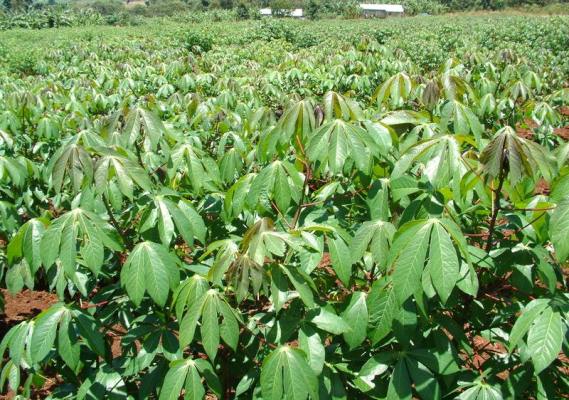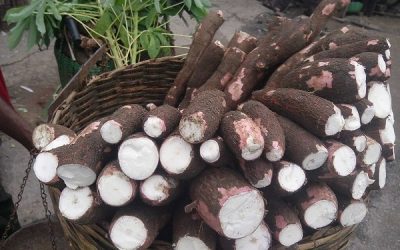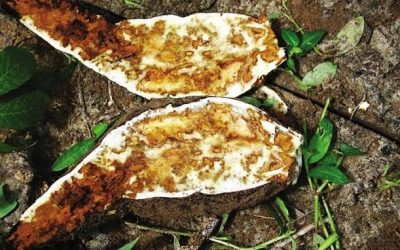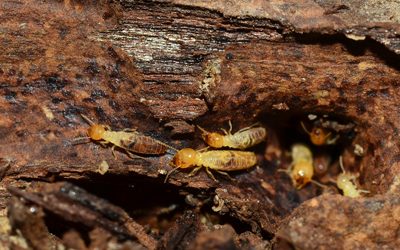Ecological requirements & practices for great harvest

Ecological requirements
Soil: Cassava can be grown on a wide range of soil but best on deep, free draining soils with reasonable fertility levels. Shallow soils, which may restrict tuber expansion, should be avoided.
Rainfall: Cassava is highly drought resistant and grown in many parts where rainfall is low and unreliable (600- 1,500mm per annum).
Altitude: Cassava grows at all altitudes but best on low to medium altitudes. It is low yielding at altitudes above 1,500m above sea level.
Agronomic practices
Land preparation
The cassava seedbed requires deep cultivation to a depth of 25 cm. A rough seedbed is preferred. Ridges or mounds are used in other areas and it encourages tuber development.
Planting materials
Planting is done by the use of cuttings. These are parts of the stem, which should be from a mature plant, especially the middle part. They should be 30 – 45cm long and 21/2 – 4 mm thick with buds above the leaf scar
Planting method and spacing
Cuttings may be buried in a horizontal position 71/2 – 10cm deep or buried half way into the soil. In pure stands (without intercropping), a spacing of 1.5 m x 0.9 m is recommended.
When intercropped, interplant with a cover crop of beans or groundnuts at a spacing of 50cm x 20cm. This combination gives maximum yields of both cassava and bean or groundnuts.


